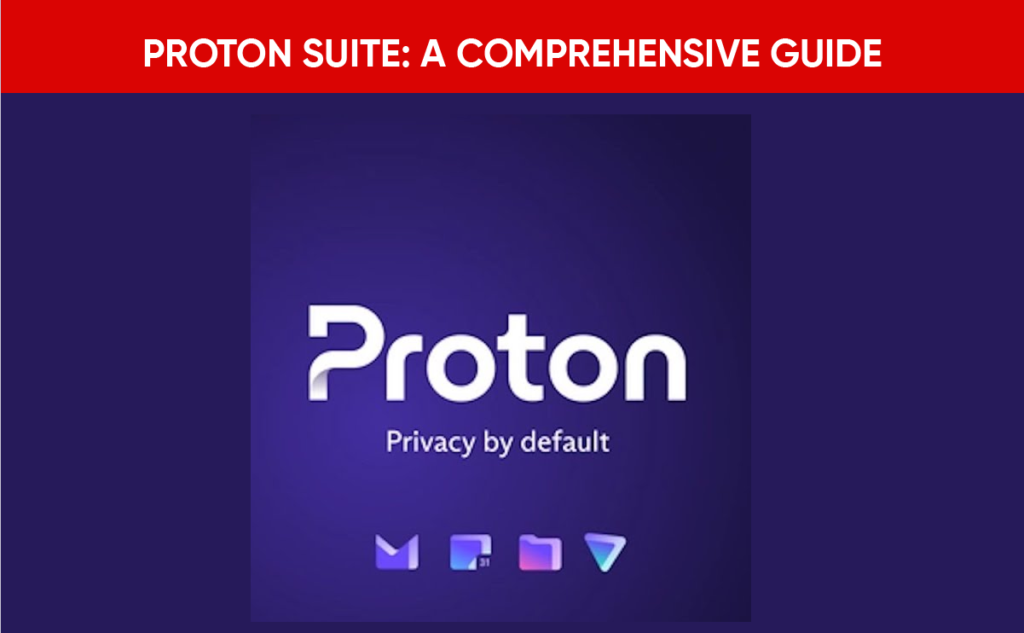In today’s digital age, where almost everything is done online, it’s crucial to ensure that your personal information and data are secure. One common threat to your online security is spyware. Spyware is malicious software that can infiltrate your device, monitor your online activities, and collect sensitive information without your consent. In this article, we will guide you on how to detect and remove spyware from your device effectively.
Understanding Spyware: What Is Spyware And How Does It Work?
Before delving into how to detect and remove spyware from your device, it’s essential to understand what spyware is and how it operates. Spyware is a type of malware designed to spy on you, collect personal information, and track your online activities. It can come in various forms, such as keyloggers, adware, tracking cookies, and trojans. Once installed on your device, spyware can silently monitor your keystrokes, steal passwords, capture screenshots, and track your browsing habits.
Spyware In Action: How Does Spyware Infect Your Device?
Spyware can infect your device through various methods, including:
- Phishing Emails: You may receive an email containing a malicious attachment or a link that, when clicked, downloads spyware onto your device.
- Drive-By Downloads: Visiting compromised websites or clicking on malicious ads can lead to the automatic download and installation of spyware.
- Software Bundling: Some free software programs may come bundled with spyware, which gets installed on your device without your knowledge.
- Infected USB Drives: Connecting infected USB drives to your device can also introduce spyware onto your system.
Understanding how spyware infects your device can help you take preventive measures to avoid falling victim to malicious attacks.
Detecting Spyware: How To Identify If Your Device Is Infected
Detecting spyware on your device is crucial to protect your privacy and data from potential threats. Here are some signs that indicate your device may be infected with spyware:
- Slow Performance: If your device suddenly starts running slower than usual, it could be due to the presence of spyware running in the background.
- Unexplained Data Usage: A sudden increase in data usage on your device, even when you’re not actively using it, could be a sign of spyware transmitting data to a remote server.
- Pop-Up Ads: An influx of pop-up ads that appear frequently while you’re browsing the internet may be a result of adware spyware infecting your device.
- Changed Browser Settings: If your browser’s homepage, search engine, or default settings have changed without your consent, it could be a sign of spyware tampering with your browser.
- Unexplained Installed Programs: If you notice strange programs or applications that you didn’t install on your device, it could be a sign of spyware infiltration.
By being aware of these signs, you can proactively detect spyware on your device and take appropriate action to remove it.

Removing Spyware: How To Safely Eliminate Spyware From Your Device
Once you have identified that your device is infected with spyware, it’s essential to remove it promptly to safeguard your privacy and data. Here are some effective steps to safely eliminate spyware from your device:
Step 1: Update Your Security Software
Before attempting to remove spyware from your device, ensure that your security software, such as antivirus and antimalware programs, is up to date. Running a full system scan with updated security software can help detect and remove spyware effectively.
Step 2: Enter Safe Mode
To prevent spyware from actively running during the removal process, boot your device into safe mode. Safe mode allows your device to start with only essential system processes, making it easier to identify and eliminate spyware.
Step 3: Use Spyware Removal Tools
Utilize reputable spyware removal tools to scan your device for spyware and remove any detected threats. Popular spyware removal tools include Malwarebytes, Spybot Search & Destroy, and AdwCleaner. Run a thorough scan of your device to detect and eliminate spyware effectively.
Step 4: Delete Suspicious Files and Programs
Manually inspect your device for any suspicious files, programs, or applications that may be associated with spyware. Remove any unfamiliar or malicious files to ensure thorough eradication of spyware from your device.
Step 5: Reset Your Browsers
Spyware often targets web browsers to track your online activities. Resetting your browsers to their default settings can help remove unwanted extensions, toolbars, and settings that may have been altered by spyware.
Step 6: Regularly Update Your Operating System and Software
To prevent future spyware infections, it’s essential to keep your operating system and software updated with the latest security patches and updates. Regular updates can help patch vulnerabilities that spyware may exploit to infiltrate your device.
By following these steps and practices, you can effectively remove spyware from your device and enhance your online security and privacy.

Preventing Spyware Infections: Tips To Protect Your Device Against Spyware
Prevention is key to safeguarding your device from spyware infections and potential security threats. Here are some proactive tips to help protect your device against spyware:
Install Antivirus and Antimalware Software
Ensure that you have reputable antivirus and antimalware software installed on your device and regularly update them to detect and remove spyware effectively.
Exercise Caution When Clicking Links and Downloading Attachments
Be cautious when clicking on links or downloading attachments from unknown or suspicious sources, as they may contain spyware or malware that can infect your device.
Enable Firewall Protection
Activate the firewall on your device to block unauthorized access and prevent spyware from communicating with remote servers.
Avoid Using Public Wi-Fi Networks
Public Wi-Fi networks are often unsecured, making them vulnerable to spyware attacks. Avoid accessing sensitive information or conducting online transactions on public Wi-Fi to reduce the risk of spyware infections.
Be Mindful of Software Downloads
When downloading software or applications, only use reputable sources such as official app stores or developer websites to minimize the risk of downloading malicious software bundled with spyware.
Regularly Back Up Your Data
Create regular backups of your important data to minimize the impact of spyware infections or potential data loss. In the event of a spyware attack, you can restore your data from backups without compromising your information.
By following these preventive measures and best practices, you can reduce the likelihood of spyware infections and enhance the security of your device.

Conclusion
In conclusion, spyware poses a significant threat to your online security and privacy by infiltrating your devices and monitoring your activities. By understanding what spyware is, detecting its presence, removing it effectively, and implementing preventive measures, you can protect your devices from spyware infections and safeguard your sensitive information. Stay vigilant, keep your security software updated, and follow best practices to maintain a secure online environment free from spyware threats. Remember that being proactive in detecting and removing spyware from your devices is essential in safeguarding your online security and privacy.



